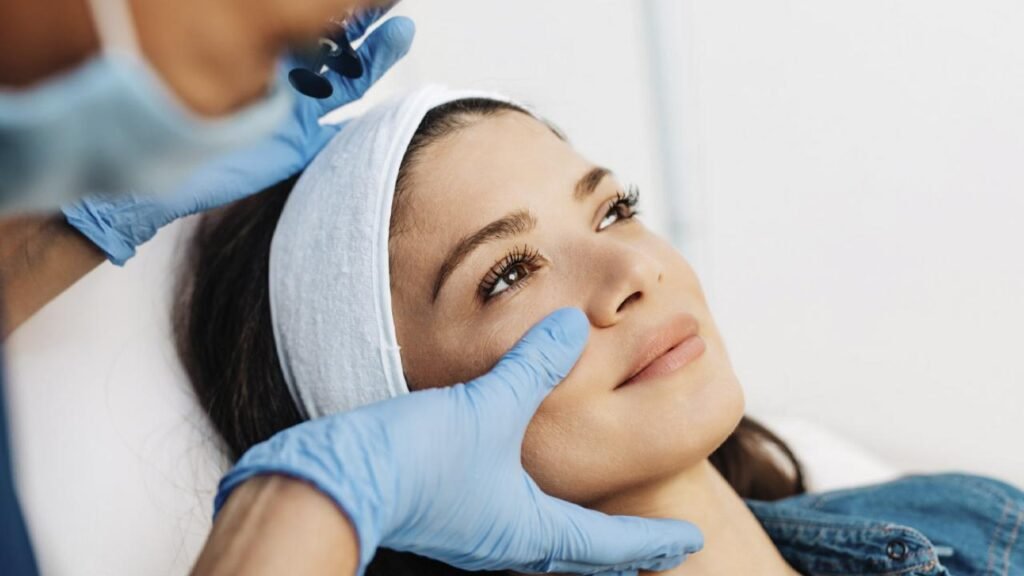What You Should Know About Cosmetic Dermatology
Cosmetic dermatology has revolutionized how we view skin care and self-image, offering individuals a pathway to enhance their beauty and confidence through a range of treatments. As patients increasingly turn to these procedures, it’s essential to understand what they entail and what to expect.
The Scope of Cosmetic Dermatology
Cosmetic dermatology includes a variety of non-invasive and minimally invasive treatments aimed at improving the aesthetics of skin, hair, and nails. The following procedures are commonly performed:
- Neuromodulators like Botox
- Dermal fillers for volume enhancement
- Chemical peels for texture improvement
- Microneedling to stimulate collagen production
- Laser therapies for pigmentation and resurfacing
These treatments prioritize safety, precision, and patient goals, making them more accessible due to advancements in technology.
Key Insights from Dermatologist William L. Waller III
In a recent discussion, Dr. William L. Waller III from Hattiesburg Clinic Dermatology emphasized the importance of clear communication between the patient and physician. He stated:
"Let the physician know what your focus is, as beauty is subjective. I always begin by asking patients, ‘What is your concern?’ This sets the stage for a productive consultation."
Primary Considerations for Patients
-
Individualized Goals:
- Every patient’s needs are different. Communicate openly about your goals to ensure a tailored treatment plan.
-
Aesthetic vs. Medical Dermatology:
- While cosmetic dermatology enhances appearance, dermatologists also treat medical conditions like acne, eczema, and skin cancer. This distinction is crucial for comprehensive care.
- Common Treatments:
- Botox remains one of the most popular procedures for anti-aging, followed closely by fillers. The result of Botox generally appears within 10 to 14 days and lasts for several months.
Understanding Laser Treatments
Laser therapy is another pillar of cosmetic dermatology. Dr. Waller explains that lasers fall into two categories:
- Ablative Lasers: Create controlled thermal damage to the skin’s surface for rejuvenation.
- Nonablative Lasers: Work deeper to stimulate collagen without damaging the outer layer.
This technology is versatile for various conditions, including acne scars and pigmentation issues.
Treatment Considerations
-
Timing: Botox lasts about three to four months, while fillers can provide results for up to two years. The number of laser treatments required varies by individual goals.
- Microneedling: A safe option for all skin types that reduces skin imperfections through controlled micro-injuries, stimulating collagen production.
Enhancing Treatments with Platelet-Rich Plasma (PRP)
PRP, derived from the patient’s own blood, can enhance procedures such as microneedling for improved healing and rejuvenation. It’s rich in growth factors that promote skin repair, making it a beneficial add-on.
Potential Side Effects
Though cosmetic dermatology offers many benefits, patients should be aware of possible side effects:
- Skin Reactions: Treatments like lasers may cause reactions, especially for individuals with specific skin types.
- Healing Requires Care: Patients should avoid treatments if they have active infections or certain skin conditions.
Important Do’s and Don’ts
- Do Maintain Healthy Skin: Avoid active infections and irritating agents like harsh retinoids before treatments.
- Don’t Sunbathe Pre- or Post-Treatment: Sun exposure can increase pigmentation risks, especially with laser treatments.
Long-Term Care and Results
Routine Skin Care: Establish a gentle skin-care protocol. Avoid aggressive treatments or products a few days before and after procedures to minimize irritation.
Gradual Results:
Most procedures yield natural-looking results over time, significantly improving skin quality without giving an artificial appearance.
Conclusion: Investing in Your Skin
Understanding the nuances of cosmetic dermatology can empower patients to make informed decisions about their skin care. Whether addressing age-related changes or specific skin concerns, these treatments can enhance not just appearance but also self-esteem.
For further information on skin treatments, including in-depth discussions about various procedures, visit reliable dermatological resources such as the American Academy of Dermatology and consult with experienced professionals. By doing so, you’ll ensure a healthy, informed approach to your cosmetic dermatology journey.


